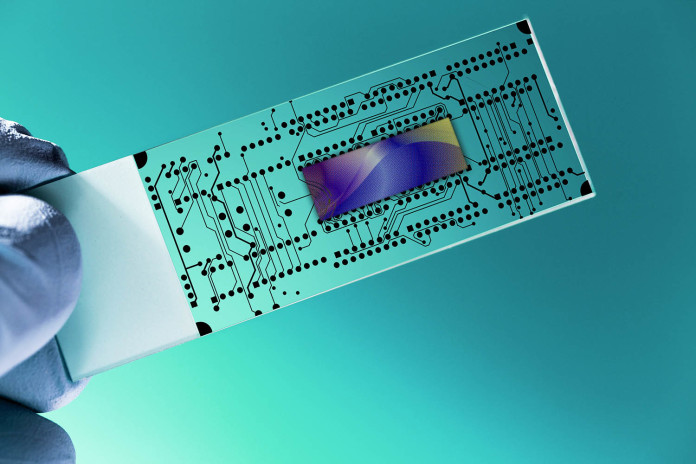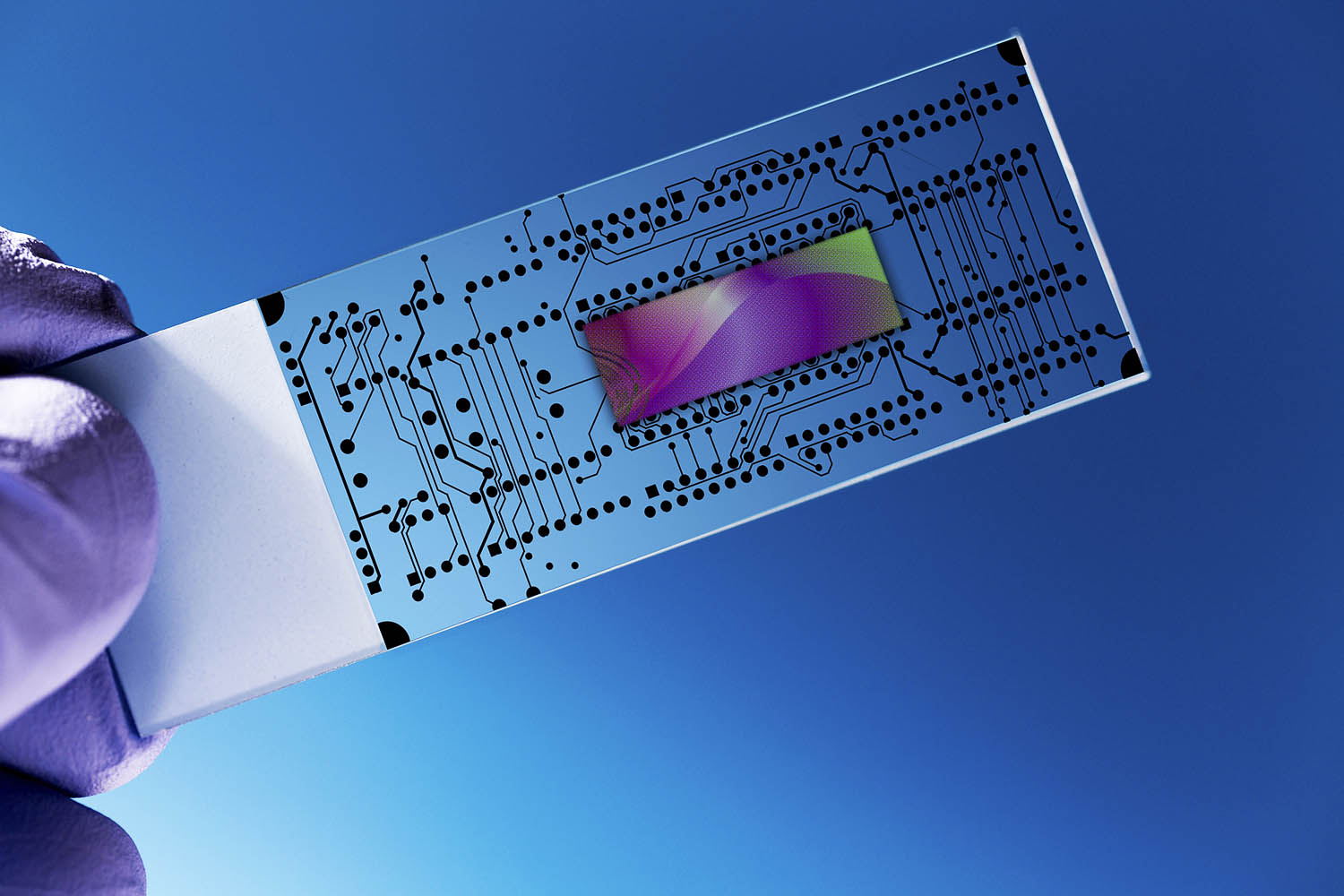
The latest in nanotechnology has brought the world the first ‘water-in-salt” battery, which fuses water, salt and Lithium to make batteries as potent as regular Lithium-ion batteries. The team, from the U.S. Army Research Laboratory and the University of Maryland, have devised an energy source that does not come with the fire or chemical hazard that comes in regular Lithium-ion batteries.

Nanotechnology Makes Us Greener
The full report is published in the journal Science, and it constitutes a major breakthrough in aqueous Lithium-ion battery technology and nanotechnology. This ‘salt-in-water’ battery is twice as potent as any other aqueous battery developed, and has the longevity of the traditional Lithium-ion battery
According to the team, their nanotechnology research can be applied to large scale proportions, like electric vehicle technology or energy harvest systems and medical devices such as pacemakers or other electrical powered valves. Their research shows that aqueous batteries have the ability to power up to 2.3 Volts, meaning that they could replace regular Lithium-ion. We already use this technology in the digital world, but it could be blown up to much larger proportions.

This Breakthrough is the Product of Solid Electrolyte Interphase
The researchers achieved this kind of voltage by taking a type of water based electrolyte with high concentrations of a specific Lithium salt. This changed the chemistry of the battery and created a film around the anode electrode, something that had never happened in a water-based battery before. This kind of protective film is known as a Solid Electrolyte Interphase, which had only happened in non-aqueous electrolytes before.
These batteries were proven to be more stable than other aqueous batteries, achieving both cycling stability and high voltage without depending on each other or at the expanse of energy density.
We Don’t Know How Practical this Nanotechnology Is
Though the applications for this breakthrough are incredibly important, the scientific community isn’t yet aware of how realistically practical the discovery is. This breakthrough mostly opens up a door in nanotechnology that hadn’t ever been seen before, and further research and development can bring it to its full potential.

















